Often overshadowed by its competitors, the AMC Matador is frequently dismissed as a mundane vehicle from the 1970s. However, a closer look reveals a car filled with unique characteristics and innovations that challenge its dull reputation. The Matador’s notable features, cultural significance, and surprising versatility make it a fascinating subject for car enthusiasts and historians alike.
Design and Styling
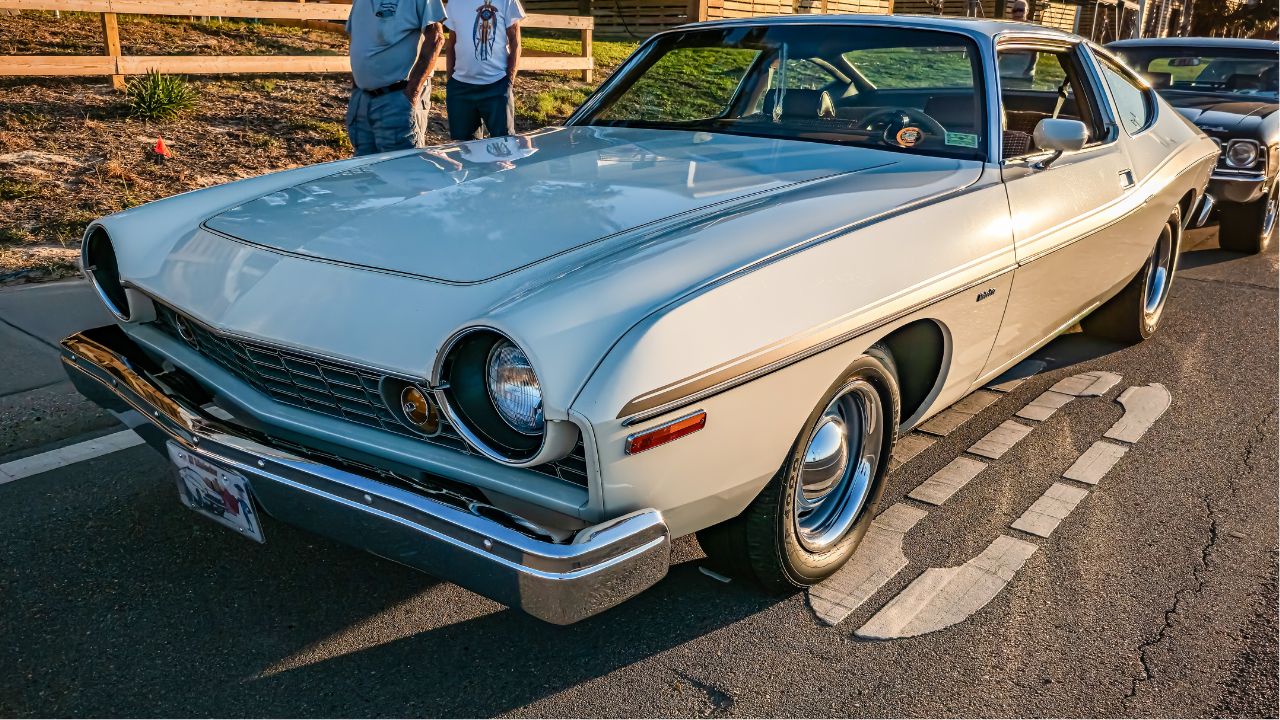
The AMC Matador stood out from its contemporaries due to its distinctive aesthetic. Unlike the boxy and utilitarian designs that were commonplace during the 1970s, the Matador featured bold front-end styling and sleek body lines. This approach set it apart from other sedans of the era and provided a refreshing take on what a mid-sized car could look like. The 1974 Matador Coupe, for instance, was a testament to the bold design philosophy that AMC embraced.
Much of the Matador’s unique design can be attributed to the influence of renowned designer Richard Teague. Teague was instrumental in shaping the Matador’s look, bringing a sense of elegance and innovation to the vehicle. His work ensured that the Matador was not just another face in the crowd but a car that commanded attention on the road. Teague’s influence is still celebrated today, as many of his design elements continue to be appreciated by car enthusiasts.
The Matador was available in a variety of models, each offering its own styling cues and features. From the practical sedans to the sporty coupes, AMC provided options that catered to different tastes and needs. The variety of models allowed consumers to choose a Matador that suited their preferences, making it a versatile choice in a competitive market.
Performance and Engineering
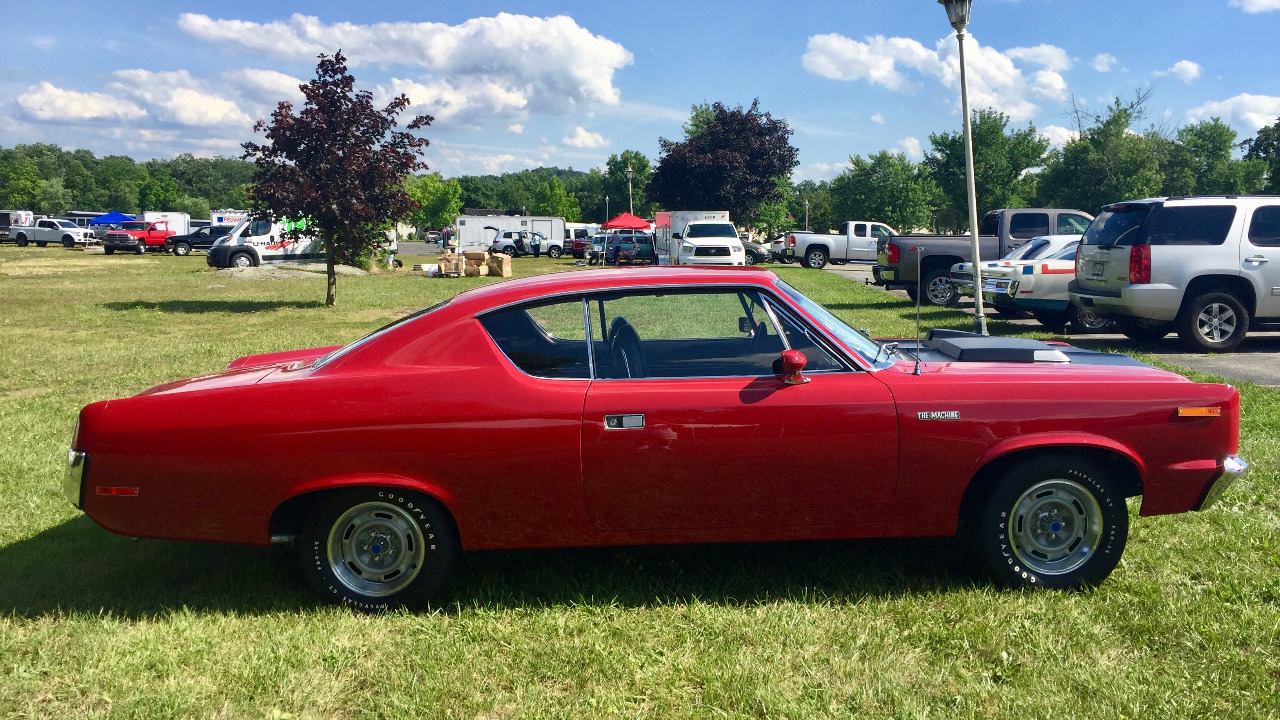
The AMC Matador was not just about looks; it also introduced several innovative features that set it apart in terms of performance and engineering. One of the most notable aspects was its performance-oriented V8 engine options. These engines provided the Matador with the power and agility needed to compete with other performance vehicles of the time, offering drivers a thrilling driving experience.
The Matador’s engineering prowess was further showcased through its involvement in NASCAR and other racing circuits. Its participation in these high-stakes environments demonstrated the car’s capabilities and helped to establish its racing pedigree. The Matador’s success on the track proved that it was more than just a stylish vehicle; it was a formidable competitor in the world of motorsports.
In terms of reliability and build quality, the Matador earned a reputation for being robust and dependable. Owners appreciated its durability and the peace of mind that came with owning a car that could withstand the test of time. This reliability contributed to a loyal fan base that continues to celebrate the Matador’s legacy today.
Cultural Impact
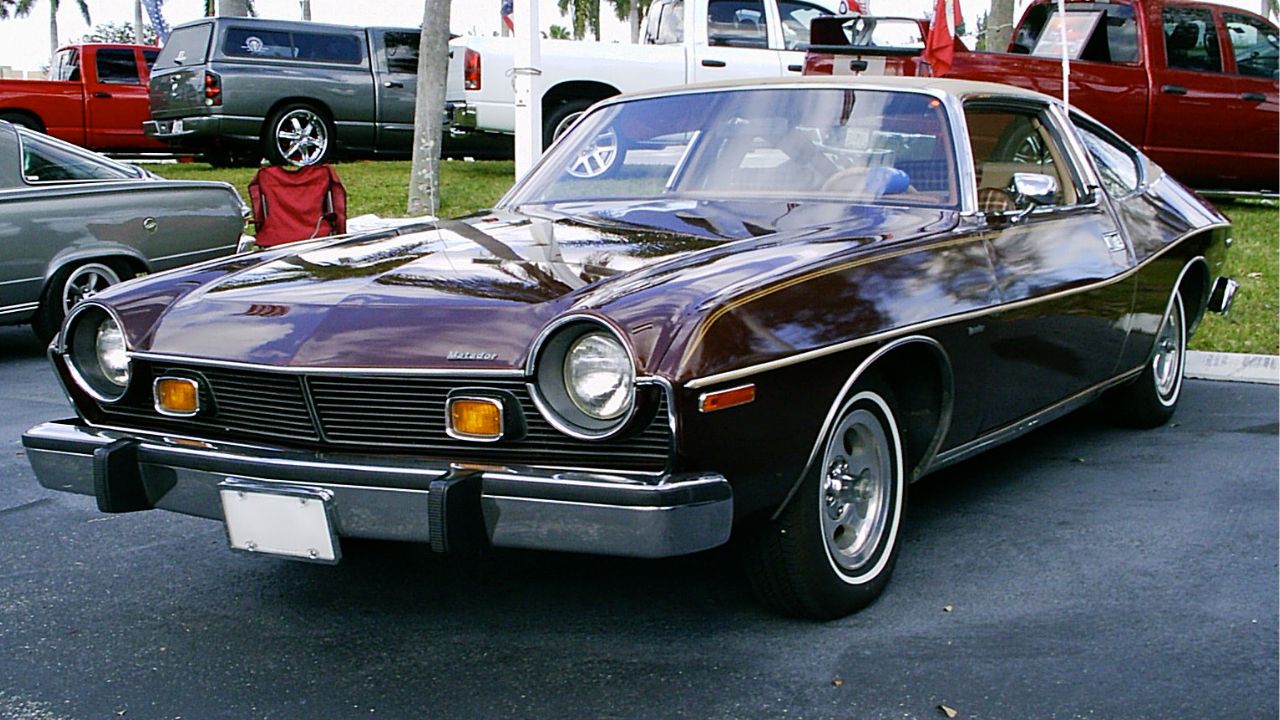
The AMC Matador made its mark in popular culture thanks in part to its appearances in Hollywood films and TV shows. These media appearances helped to solidify its place in the public consciousness and contributed to its cultural footprint. The Matador’s distinctive look made it a natural choice for filmmakers looking to capture the essence of the 1970s.
Celebrity ownership also played a role in the Matador’s allure. Notable figures who owned Matadors added to the car’s status and mystique, making it a desirable choice for those looking to emulate their favorite stars. This celebrity connection further enhanced the Matador’s appeal and helped to elevate its status in the eyes of the public.
During its production years, the public perception of the Matador was varied. While some viewed it as an innovative and stylish option, others dismissed it as just another car from a struggling automaker. Over time, however, the perception of the Matador has evolved, with many now recognizing its unique contributions to automotive history. This shift in perception has helped to cement its legacy as a classic car worth celebrating.
Legacy and Collectibility
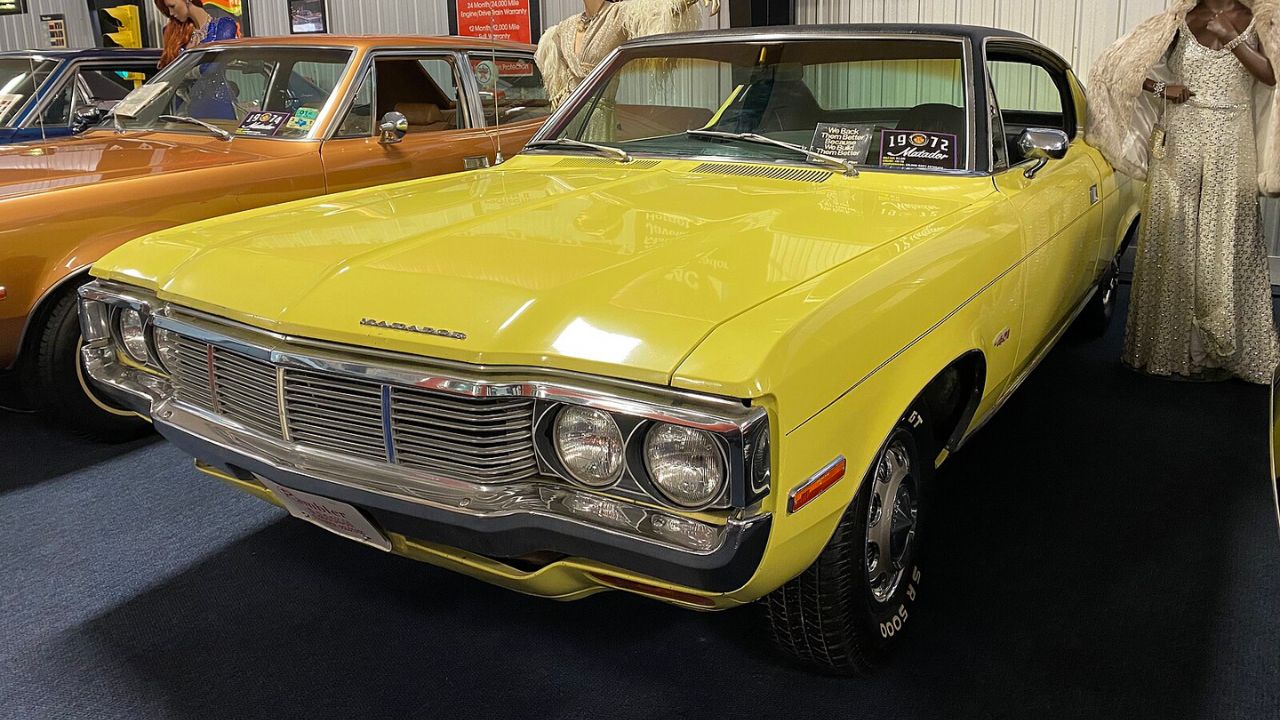
Today, the AMC Matador holds a special place in the collector car market. Its rarity and potential investment value make it an attractive option for collectors looking to add a piece of automotive history to their collections. The Matador’s unique features and history contribute to its desirability, and its presence in the collector market continues to grow.
The passionate community of AMC Matador enthusiasts plays a significant role in preserving and celebrating these vehicles. This community is dedicated to keeping the Matador’s legacy alive, organizing events and gatherings where fans can come together to share their appreciation for this classic car. Their efforts ensure that the Matador remains a cherished part of automotive history.
Nostalgia for the 1970s and the unique character of the Matador have sparked interest in reviving this classic car. Efforts to restore and maintain Matadors are ongoing, with enthusiasts working tirelessly to bring these vehicles back to their former glory. This revival of interest speaks to the enduring appeal of the Matador and its significance in the automotive world.
Comparisons and Competitors
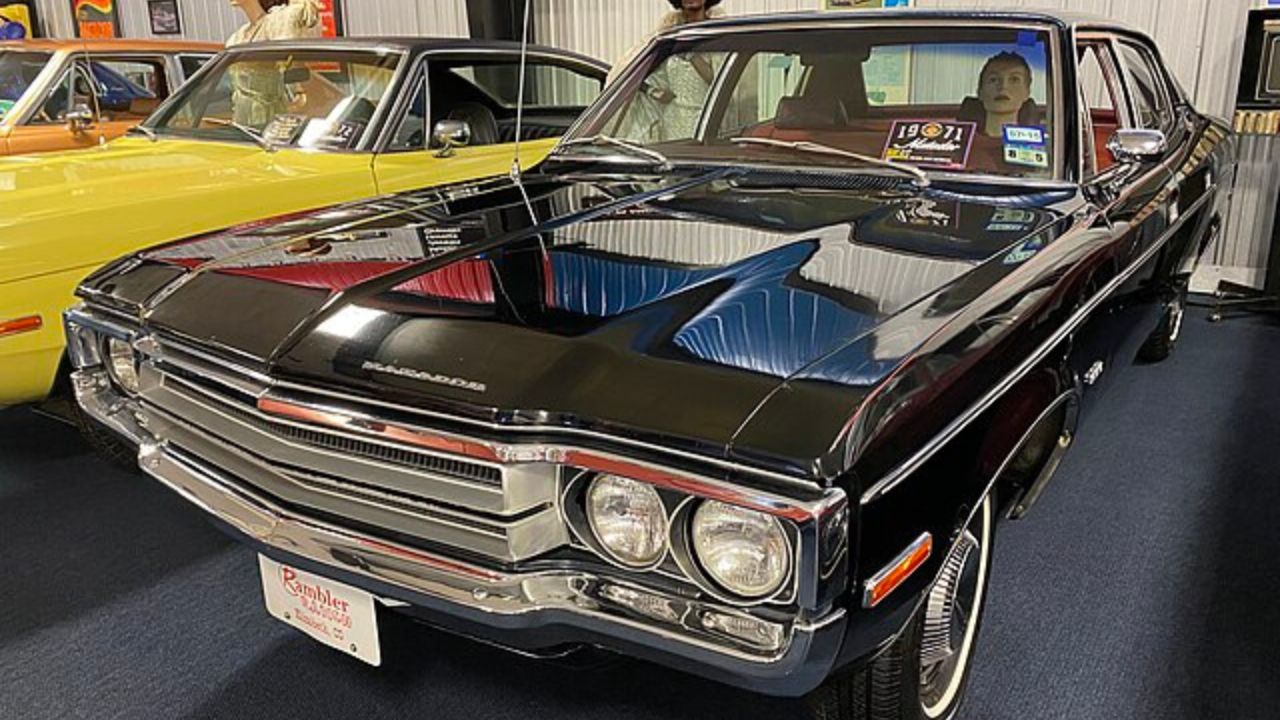
When compared to its contemporaries, the AMC Matador offered several distinct advantages. Its bold design and innovative features set it apart from other mid-sized cars of the era, providing consumers with a fresh alternative to more conventional options. While competing against well-established brands, the Matador carved out a niche for itself by offering something different.
AMC’s strategy for positioning the Matador in a competitive automotive market involved emphasizing its unique design and performance capabilities. By highlighting these attributes, AMC was able to attract consumers looking for a car that stood out from the crowd. The Matador’s distinct personality and character made it an appealing choice for those seeking something beyond the ordinary.
Despite the challenges it faced, the AMC Matador managed to attract a loyal following. Some consumers chose the Matador over more popular options due to its unique appeal and the sense of individuality it offered. This choice was often driven by a desire to own a car that reflected their personal style and preferences, making the Matador a beloved option for many.
Like Fast Lane Only’s content? Be sure to follow us.
Here’s more from us:
*Created with AI assistance and editor review.

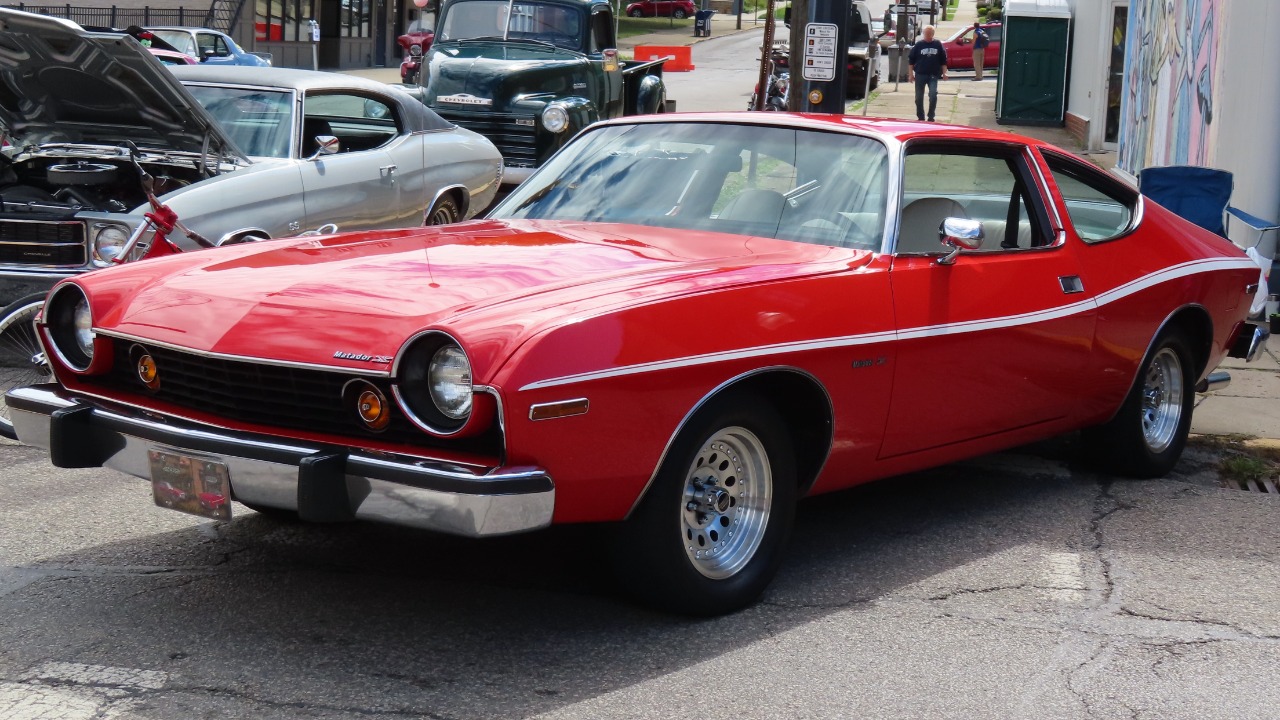

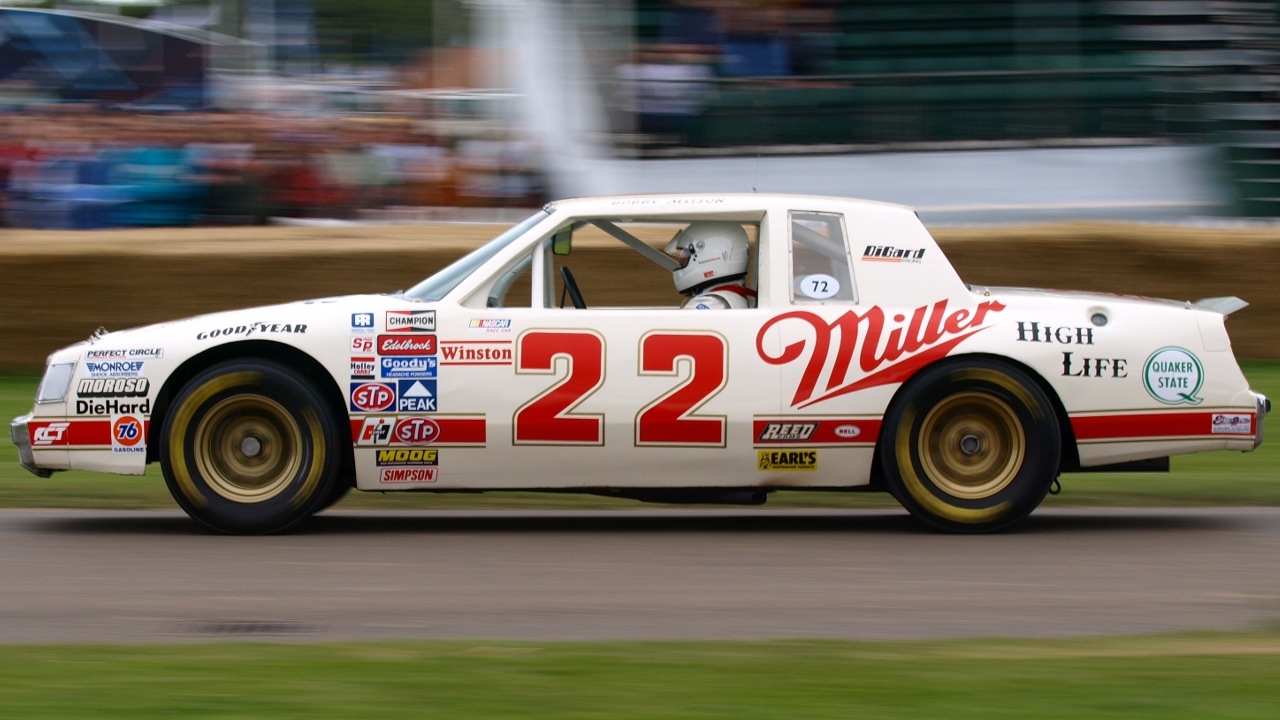
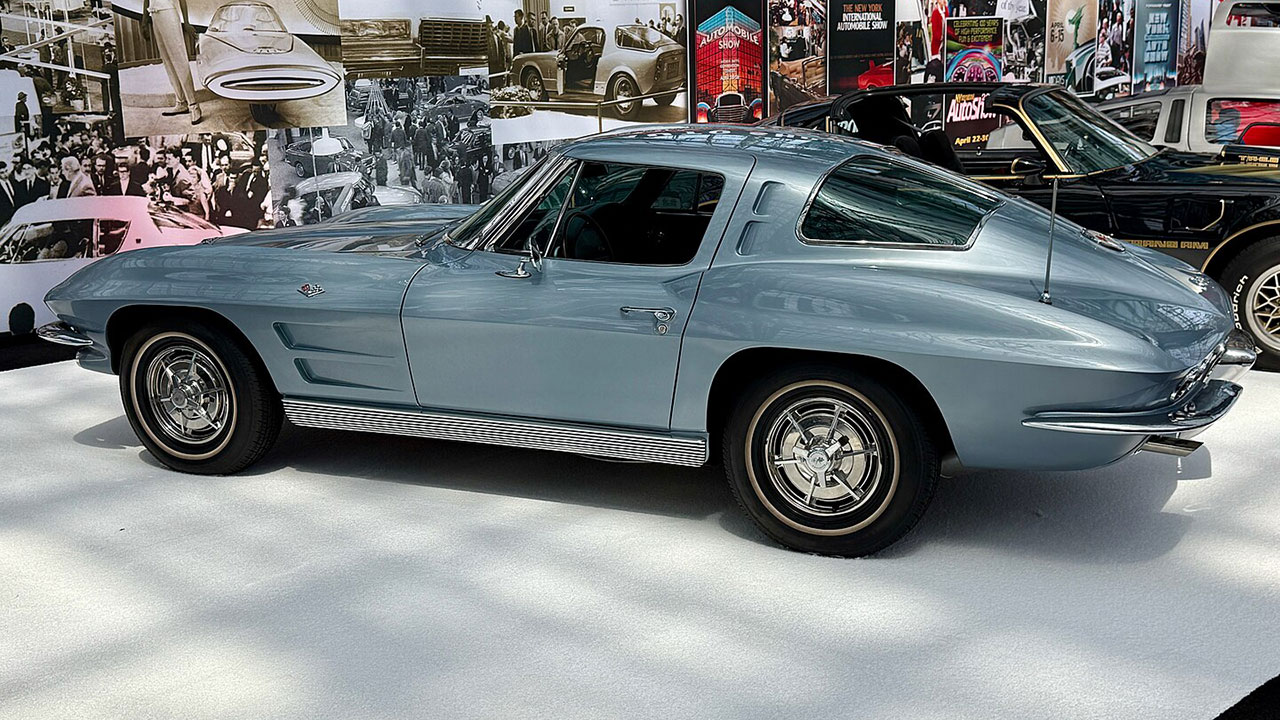
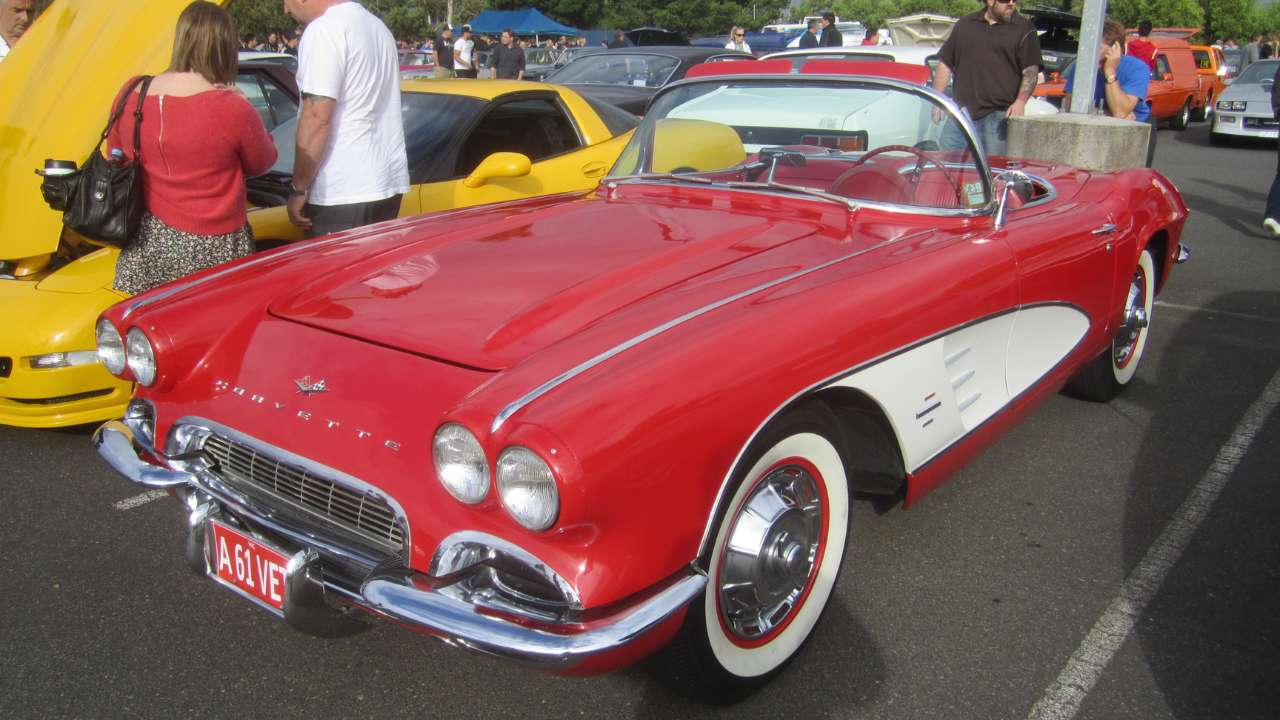
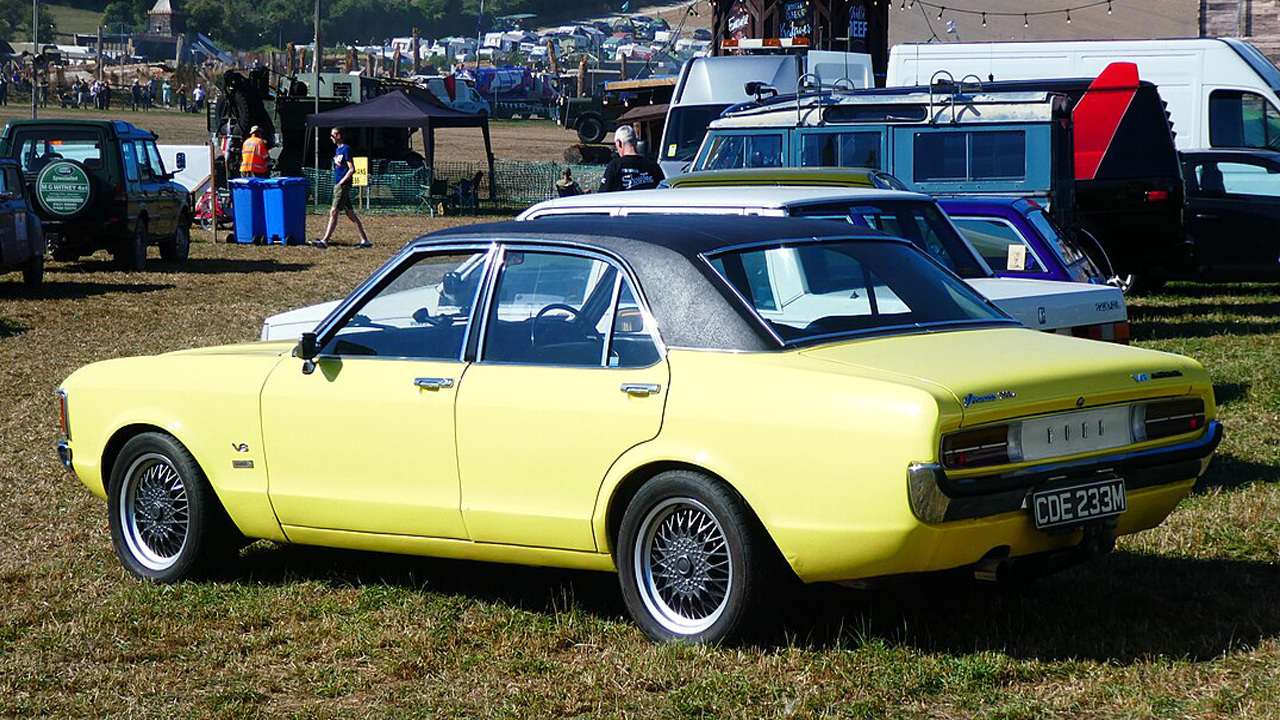
Leave a Reply